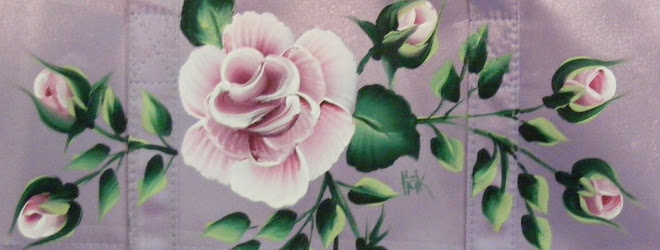- Solid wire refers to gold, silver, copper, and brass wire.
- Craft wire can be copper, brass, and colored copper wire.
- Flexible beading wire, such as Tiger Tail, Beadalon, Soft Flex and others are most often used for bead stringing.
GAUGE: is the thickness of the wire. There are gauges of wire that are much thicker or thinner than traditional jewelry-wire gauges, but there's no reason to discuss them here, so I won't!
- The lower the gauge, the thicker the wire. The higher the gauge, the thinner the wire.
- The typical gauges for jewelry range from about 10 to 30 gauge.
- 10 gauge wire is probably the thickest wire used for jewelry as it is very difficult to bend.
- The best gauges for rings are probably 10 through 16. You want ring wires to be thick and stable.
- Bracelets and necklaces are sometimes made from a base which is a single piece of fairly thick wire. Other times they are made from smaller sections of wire, such as jump rings and shaped links. Typically, necklace and bracelet wires will range from 16 to 20 gauge.
- Earring wire is usually 18 through 22 gauge, with 21 gauge as the preferred gauge for ear wires.
- 24 through 30 gauges are most often used in wire wrapping, wire knitting, and wire crocheting, where fine, flexible gauges are needed.
- If you are stringing beads onto wire, you must use a gauge that will fit through the bead holes, which can vary considerably, with pearls usually having especially small holes.
- Round wire is used for a variety of jewelry items. Round is the traditional wire shape.
- Half-Round wire is like a piece of round wire that has been sliced down the middle, leaving it to look like a half-moon when viewed from one of the ends. It's good for wire wrapping because the flat side sits against the bead and doesn't slide around as easily as round wire will while you are wrapping it, but it appears like Round wire on the outside.
- Square wire has four flat sides, which makes it good for wire wrapping because it sits against the bead without too much sliding around. It can be very attractive because three squared edges are visible.
- Twisted wire is sometimes made from square wire. Twisting turns square wire into textured round wire. If you have a pin vise or a drill you can twist your own square wire.
- Dead-soft wire is best for wire wrapping, wrapped loops, knitting, and crocheting because it is so flexible and does not work harden easily. It is not good for something that must keep it's shape, like a ring.
- Half-hard wire is the temper that is used most often for jewelry. It is relatively easy to bend, but hardens somewhat as you work with it. Sometimes, work hardening isn't enough. I'll talk about hammering and tumbling on another day.
- Full-hard wire is not good for projects that require flexibility. It is hard to bend and quickly becomes brittle, causing it to break easily.
- Spring-hard wire is very difficult to bend. When made into "memory wire" it springs back into its original shape after being bent--perhaps that's where it got its name. It is also used to make pin backs and other items that need to maintain their shape.
To see "Choosing Wire for Jewelry Part 2," click here.
© Copyright 2011 Linda's Art Barn. All rights reserved.

good information!
ReplyDeleteThis is excellent information, obviously learned from experience. Thank you for sharing. peace
ReplyDelete